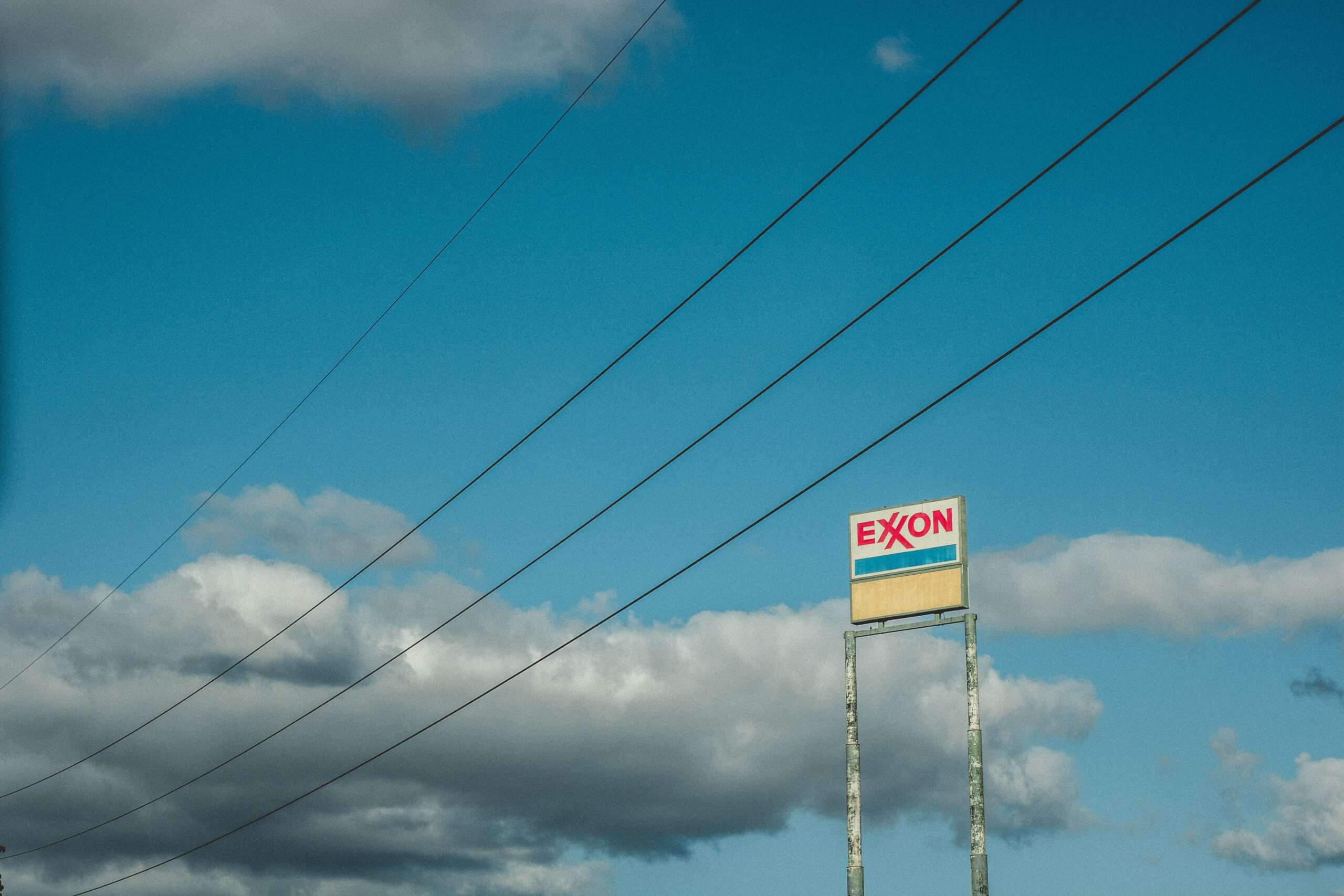Companies should prepare for potential divestment of assets exposed to climate risks and greater investment in low-carbon opportunities.
- Institutional and private investors are preferencing assets with decarbonization strategies.
- A credit crunch could be on the horizon with rapid asset repricing and mass divestments.
- Businesses should position their companies as attractive low-carbon opportunities ahead of the crunch.
The announcements of aggressive decarbonization commitments from China, Japan and South Korea in 2020 suggest that changes in demand for commodities that underpin emissions-intensive and low-carbon technology may follow, as each of these major carbon emitters begins their shift to becoming net-zero carbon economies.
An international group of 30 asset managers has already signed up to the UN-convened Net-Zero Asset Owner Alliance, and collectively, they have US$5t in assets under management. The alliance is committed to reducing the carbon emissions of its investment portfolios to net zero by 2050, essentially aligning their portfolios to a 1.5°C scenario.¹
Its members make a bold case for this commitment: “As pension funds and insurance companies, we have long-term investment horizons and liabilities. We are not only acutely vulnerable to the systemic disruptions that climate change will unleash on ecosystems, societies and economies, but also have a key role to play in catalyzing decarbonization of the global economy and investing in climate-resilience.”²
According to the 2020 EY Climate Change and Sustainability Services (CCaSS) Global Institutional Investor survey of more than 300 investors, almost three-quarters (73%) of respondents said they will devote considerable time and attention to evaluating the physical risk implications of climate change when they make asset allocation and selection decisions. And, 71% of respondents said the same of the transitionary risks due to climate change.
The pressure to prioritize investments that support decarbonization is also coming from individual investors. Pension fund members and clients seeking financial advice are increasingly asking about the “green” rating of their portfolios. Near-retirees and Gen Z are aligning over their desire for their investment dollars to help save the planet.
Investor focus on decarbonization may lead to rewriting the rules for capital markets
This major and rapid shift in investment preferences has left many companies at a disadvantage. Not only are investors demanding more robust and granular environmental, social and governance (ESG) performance data than most corporates are capable of producing — they are expecting listed companies to articulate 30-year strategy horizons.
In a business environment where executive “long-term” incentives only look 3–5 years ahead, an enormous shift in thinking and behavior will likely be required.
But this shift is recommended. At some point — potentially sooner than many organizations might imagine — the pressure is likely to spike, and the broader market could reach a “credit crunch.” This could potentially lead to:
- Rapid pricing readjustments – Could a tipping point arrive when the market recognizes that “at risk” commodities are no longer as valuable as once thought?
- Mass divestments – If so, could this lead to mass sell-offs and spike the demand for a limited pool of low-carbon opportunities?
- Offshore movement – Until now, many pension funds in regions like Australia have generally invested disproportionately in local companies. In the future – in countries such as Australia, where 20% of the Australian Securities Exchange (ASX) 300 are resources and energy companies – could local superannuation funds be forced to look offshore for low-carbon risk investments?
- Preference for green regulatory frameworks – Similarly, could investors flock to countries with the strongest policy contexts for spurring green growth? As of April 2019, 46 national and 28 subnational jurisdictions were already putting a price on carbon.³ Looking ahead to a post-COVID-19 pandemic environment, countries and regions around the world are also targeting “green growth” over historic economic recovery efforts.
How should companies respond to change in investor decision-making?
To maintain access to institutional capital, companies should start to pivot to low-carbon business models. In the low-growth environment expected after the COVID-19 pandemic, boards and executives will likely take on fiduciary duty and seek to position their companies to attract the growing number of investors with decarbonization preferences.
According to the EY CEO Imperative Study, the bigger the company, the greater the stakeholder pressure to begin this process today. Of all the CEOs in the EY study, 67% of respondents reported moderate to extreme pressure from stakeholders to engage with global challenges. This figure rises to 77% of respondents for the CEOs of the largest companies (more than US$20b in revenues).
Investors are making it clear that the transition to a decarbonized future is important to the long-term resilience of companies, the economy and the planet. In response, boards and executives should look to:
- Understand the impact of climate change — including the 1.5oC, 2oC and 4oC scenarios⁴ — and assess the resilience of their current business strategies against the different scenarios
- Capture the many opportunities associated with decarbonizing the global economy
- Assess the possibilities for accessing and attracting capital
- Drive investment strategy with appropriate tools, such as shadow carbon pricing, across value chains
- Consider a change in executive incentives to reflect the decarbonization priority
For many organizations, the COVID-19 pandemic and its impact continue to dominate the agenda. But organizations should be far more concerned by the economic disruption that could be caused as a result of investors directing their capital to support decarbonization initiatives. The subsequent repricing of commodities and assets according to climate risk may require organizations to expand their strategic horizons and articulate decarbonization strategies sooner than they thought.
Summary
Institutional investors are rebalancing their portfolios to support global decarbonization. Companies that cannot articulate a compelling decarbonization strategy may find it increasingly hard to access capital. Organizations should stress test their business and funding models under different climate-change scenarios, and assess decarbonization opportunities.

 5.0
5.0 





















